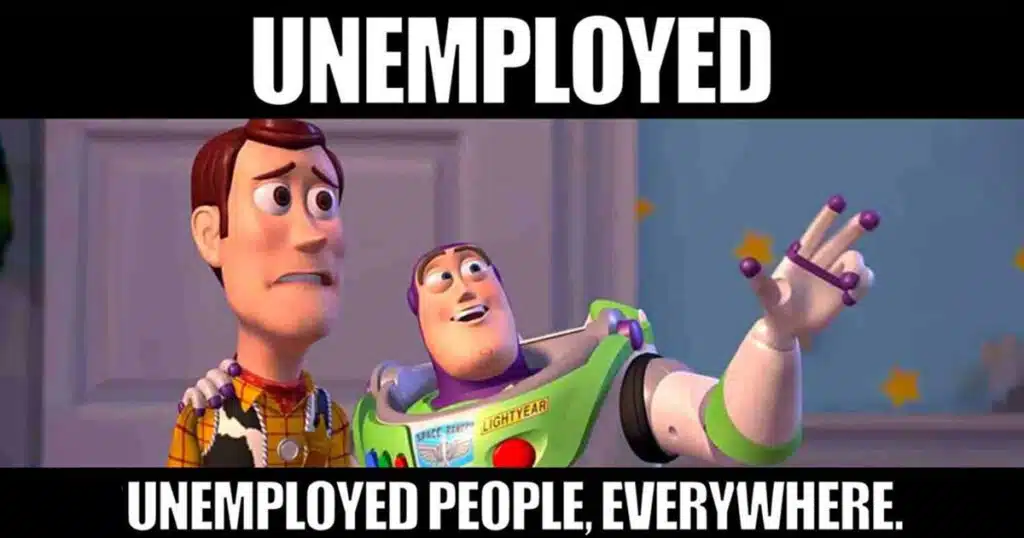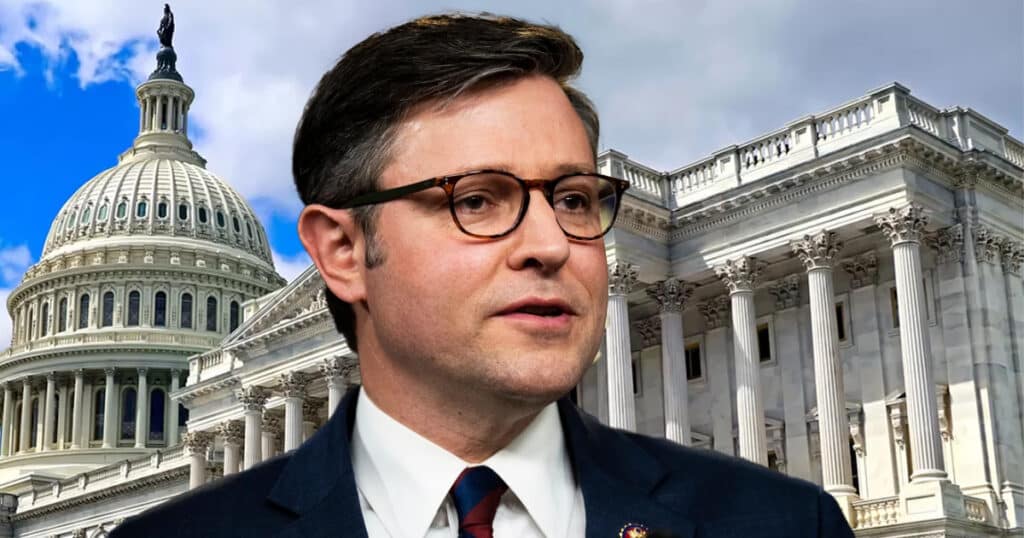
Everyday Economics: Did the Fed make another big mistake?
With inflation easing faster in recent months, Fed policy has become more restrictive. Concerns are mounting that the Federal Reserve may have once again lagged behind the curve. The latest jobs report provided little reassurance to investors, as employment growth appears to be decelerating more rapidly than anticipated.
In August, the economy added 142,000 jobs, but revisions for June and Julyreduced the three-month average to just 116,000 jobs, down from 211,000 jobs in the prior period. Year-to-date, the number of jobs added is only 69% of the total from the same period in 2023. Alarmingly, the majority of these new jobs are concentrated in just two sectors: government and health services.
Given the significant role of the housing sector in GDP and ongoing housing shortages, the notable rebound in construction employment in August, following a decline in July, provided some solace.
What’s causing the slowdown?
While hiring had been slowing since November 2021, hiring and separation rates have essentially plateaued. However, the expanding labor force – partially due to increased immigration – could soon reach its limit.
The proportion of prime working-age individuals employed is at its highest since April 2001. Yet, without an influx of younger workers into the United States, employment growth may continue to decelerate.
The U.S. economy can be characterized by its workforce and their productivity. Absent sustained improvements in labor productivity, economic growth could stall along with stalling employment growth. In the second quarter, labor productivity was 2.7% higher than the same quarter the previous year, a decrease from 2.9% in the first quarter.
Prior to the latest jobs report, the Federal Reserve Bank of Atlanta’s GDPNow model estimated a healthy real GDP growth of 2.1% for the third quarter. However, as economic growth decelerates, even a minor adverse event could potentially trigger a downturn.
Can the Federal Reserve act now to avert a larger slowdown?
Traders anticipate a reduction in the fed funds rate by 100 basis points before year’s end, totaling a cut of 250 basis points over the next year. While front loading rate cuts might be tempting, a larger-than-expected rate cut could send a negative signal to investors, suggesting that the Fed possesses concerning information about future economic conditions. Such an “information shock” could dampen investment, loosen the labor market further, and lower consumption.
Simply put, if the Fed has indeed erred by not easing policy earlier, correcting the course might now be very challenging.
Although the core Personal Consumption Expenditures (PCE) price index in July was up 2.6% from the previous year, the 6-month annualized rate was 2.5%, and the 3-month rate was just 1.7%, slightly below the Fed’s 2-percent target.
This week’s Consumer Price Index (CPI) report will provide the first inflation data for August. The consensus forecast anticipates a 0.2% monthly increase, with headline inflation possibly easing to 2.6% from 2.9% the previous month. A muted response from investors is likely if the CPI aligns with expectations or comes in slightly higher than expected. However, recession concerns could intensify on larger than expected disinflation or an outright price decline.
While a “soft landing” remains the most likely scenario, the risk of missing the runway may have risen.



